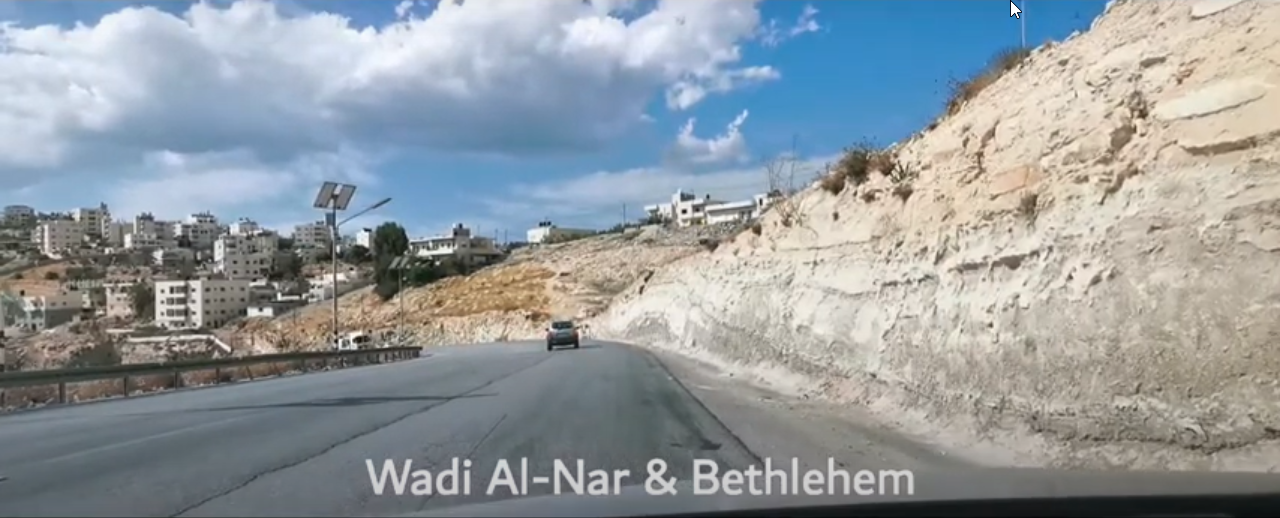Since entry into Jerusalem from Bethlehem and Ramallah is virtually prohibited for Palestinians holding Palestinian Authority IDs, Palestinians traveling between those two cities, with a geographical distance of 30 km and a normal driving time of not more than 30 minutes, have to take multiple bypass roads and alternative routes to switch between several taxis and busses and pass through checkpoints along the way—a tenuous trip that can take up to two hours or more.
For a Palestinian holding a Palestinian Authority ID, today’s route from Bethlehem to Ramallah involves driving east of Jerusalem, around rather than through it, on bumpy back roads that wind through the villages and towns in the eastern suburbs. A driver has to first travel east of Bethlehem and use the treacherous Wadi al-Nar route, which was only recently renovated by the United States Agency for International Development (USAID) as an alternative route that connects Bethlehem to the eastern suburbs of Jerusalem. Taking this route often means risking one’s life up and down a dangerously steep road, especially in overcrowded busses and during the night.


